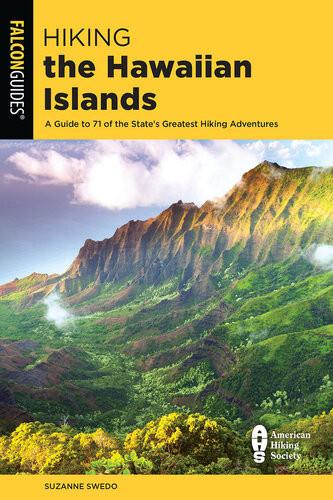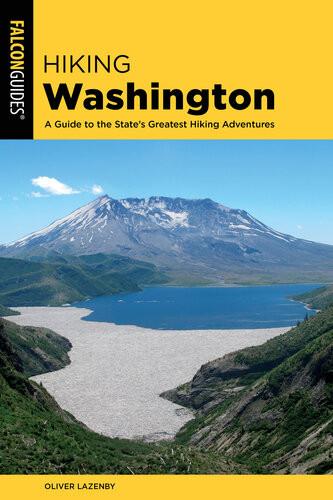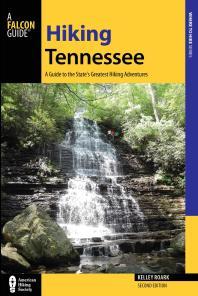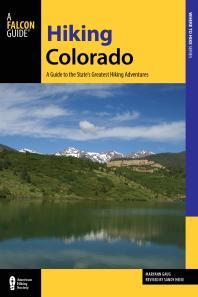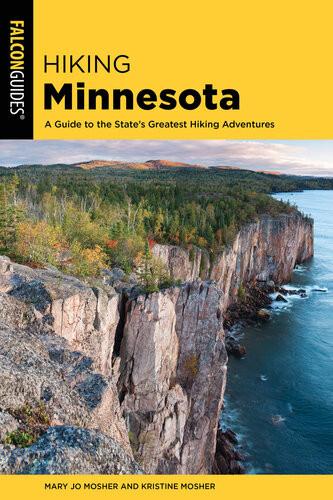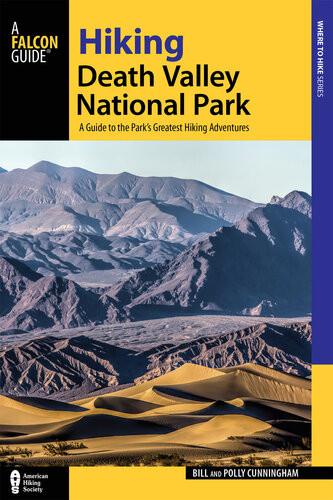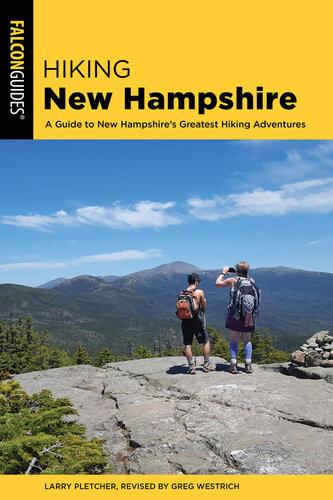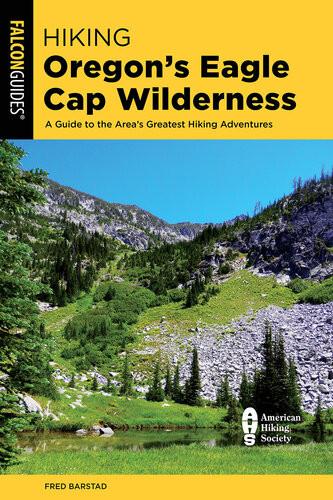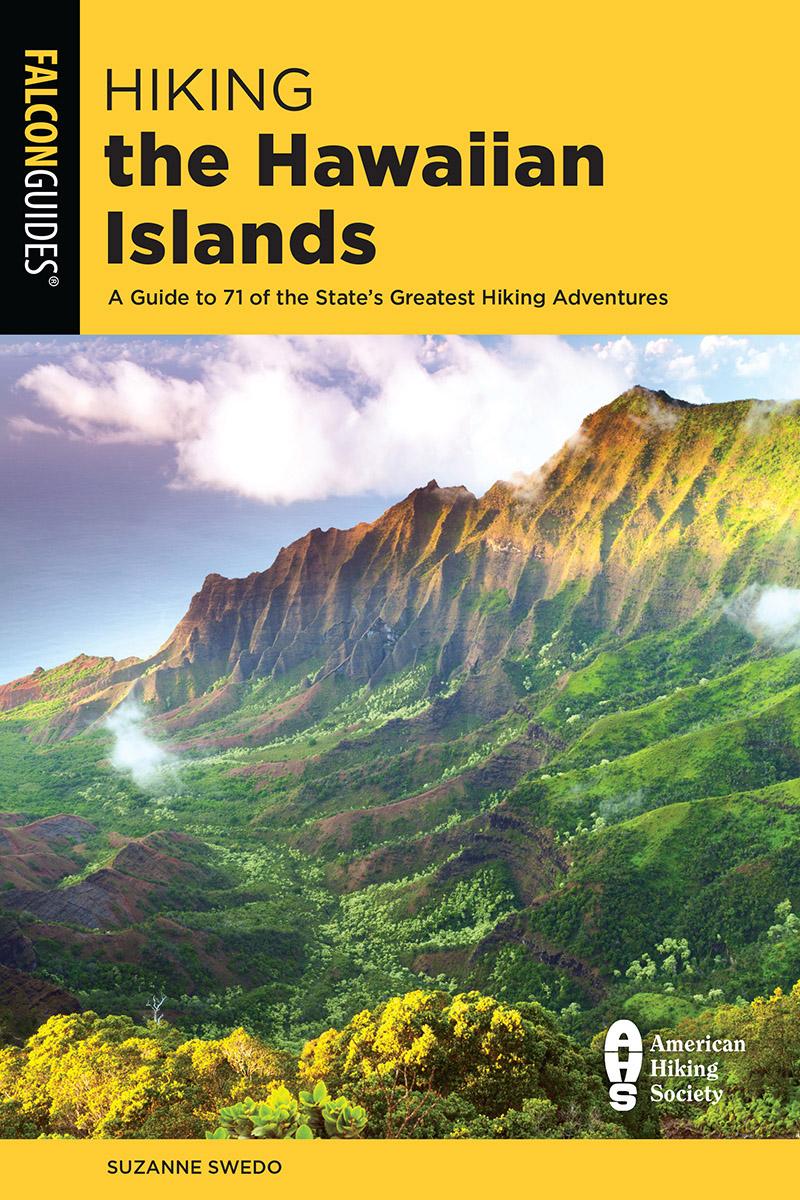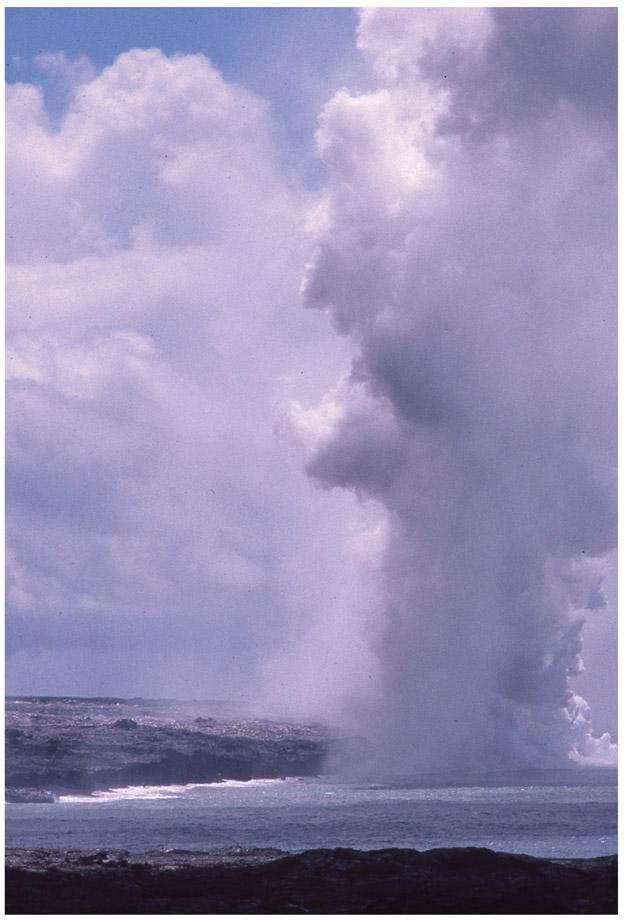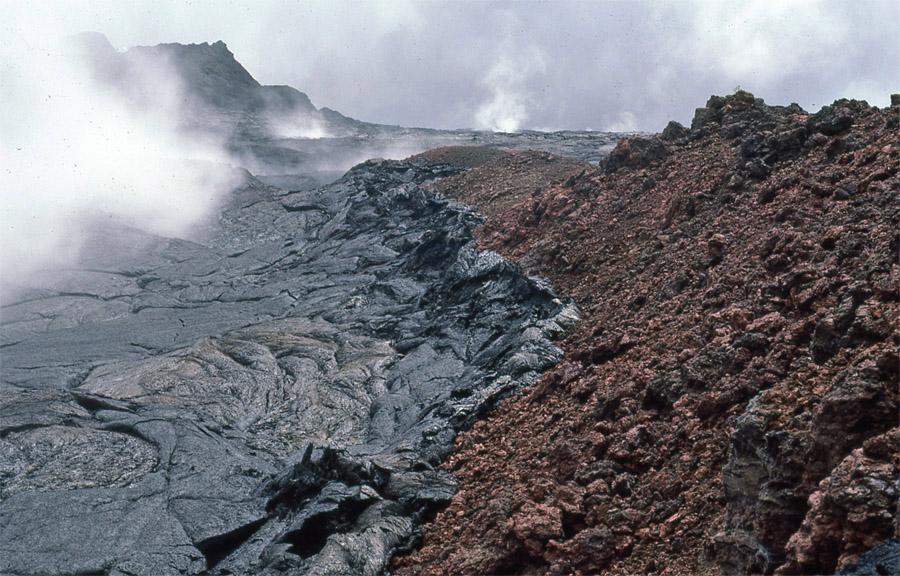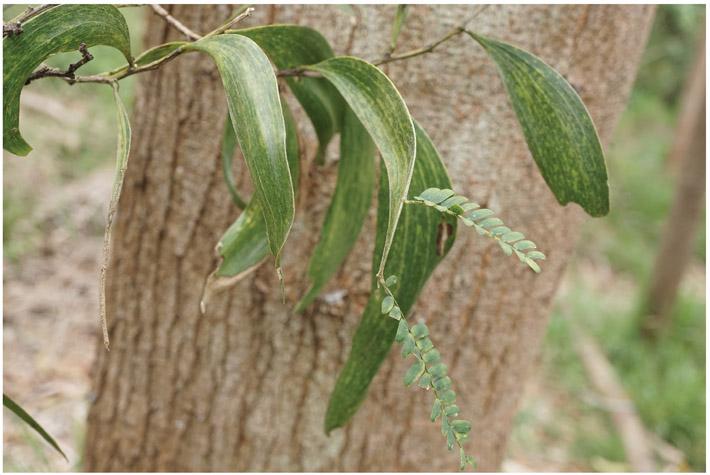HIKING THE HAWAIIAN ISLANDS
A GUIDE TO 71 OF THE STATE’S GREATEST HIKING ADVENTURE
SECOND EDITION
Suzanne Swedo
GUILFORD, CONNECTICUT
ForKeith
An imprint of The Rowman & Littlefield Publishing Group, Inc.
4501 Forbes Blvd., Ste. 200
Lanham, MD 20706
www.rowman.com
Falcon and FalconGuides are registered trademarks and Make Adventure Your Story is a trademark of The Rowman & Littlefield Publishing Group, Inc.
Distributed by NATIONAL BOOK NETWORK
Copyright © 2021 The Rowman & Littlefield Publishing Group, Inc.
Photos by the author
Maps by Melissa Baker
All rights reserved. No part of this book may be reproduced in any form or by any electronic or mechanical means, including information storage and retrieval systems, without written permission from the publisher, except by a reviewer who may quote passages in a review.
British Library Cataloguing in Publication Information available
Library of Congress Cataloging-in-Publication Data available
ISBN 978-1-4930-4502-0 (paper : alk. paper)
ISBN 978-1-4930-4503-7 (electronic)
The paper used in this publication meets the minimum requirements of American National Standard for Information Sciences Permanence of Paper for Printed Library Materials, ANSI/NISO Z39.48-1992.
Printed in the United States of America
The author and The Rowman & Littlefield Publishing Group, Inc. assume no liability for accidents happening to, or injuries sustained by, readers who engage in the activities described in this book.
CONTENTS
Cover
Half
Title
Title
Dedication
Copyright
CONTENTS
ACKNOWLEDGMENTS
INTRODUCTION
THE MAKING OF THE ISLANDS
ABOUT LAVA FLORA AND FAUNA
THREATENED HAWAI’I
THE PEOPLE
HOW TO SPEAK HAWAIIAN
A FEW WORDS OF CAUTION
ZERO IMPACT
HOW TO USE THIS GUIDE
TRAIL FINDER
MAP LEGEND
THE HIKES
Hawai`i:TheBigIsland
Sulphur Banks Trail
Crater Rim Road Earthquake and Kilauea Caldera Viewpoints
Kilauea Iki
Kipuka Puaulu (Bird Park)
Pu`uola Petroglyphs
TRAILS ON MAUNALOA (HIKES 6 TO 10)
Maunaloa Trail to Red Hill
Red Hill Cabin to North Pit Junction
North Pit Junction Maunaloa Cabin
North Pit Junction to Maunaloa Summit
Observatory Trail to North Pit Junction
Pololu Valley
Hawai`i Tropical Botanical Garden
`Akaka Falls State Park
Kalo*pa Native Forest Trail
Waipi`o Valley
Manuka Nature Trail
Pu`uhonua o Honaunau (Place of Refuge)
Mauna Ulu and Pu`u Huluhulu
The “Other” Pu`u Huluhulu from the Saddle Road
Ka`awaloa Trail to Captain Cook Monument
Maui:TheValleyIsle
Hosmer Grove
TRAILS ON HALEAKALA* (HIKES 22 TO 24)
1. 2. 3. 4. 5. 6. 7. 8. 9. 10. 11. 12. 13. 14. 15. 16. 17. 18. 19. 20. 21. 22. 23. 24. 25. 26. 27. 28.
Sliding Sands Trail to Kapala`oa Cabin
Halemau`u Trail to Ho*lua Cabin
Ho*lua Cabin to Paliku* Cabin
`Iao Needle
Waihe`e Ridge Trail
Waihou Spring
Na*kalele Blowhole
Waikamoi Ridge Nature Trail
Ke`anae Arboretum
Wai`a*napanapa Coast Trail North
Wai`a*napanapa Coast Trail South to Hana
Kuloa Point Loop Trail and the Pools of `Ohe`o Gulch
Pipiwai Trail
La Perouse Bay (Hoapili Trail)
O`ahu:TheCapitalIsle
Waimano Loop
`Aiea Loop
Diamond Head
Ma*noa Falls
`Aihualama Trail
Pu`u Pia
Kalawahine Trail (Manoa Cliff)
Makiki Valley Loop
Judd–Jackass Ginger Pool
Kuli`ou`ou Valley Trail
Kuli`ou`ou Ridge Trail
Koko Crater Botanical Garden
Ka Iwi (Makapu`u Point)
Hau`ula Loop Trail
Ma`akua Ridge Trail
Ka`ena Point North
Ka`ena Point South
Kaua`i:TheGardenIsland
29. 30. 31. 32. 33. 34. 35. 36. 37. 38. 39. 40. 41. 42. 43. 44. 45. 46. 47. 48. 49. 50. 51. 52. 53. 54. 55. 56. 57. 58. 59. Ho`olawa Waterfalls (Twin Falls)
Nounou Mountain (Sleeping Giant) East
Nounou Mountain (Sleeping Giant) West
Kuamo`o–Nounou Trail
Kuilau Ridge
Moalepe Trail
Kilauea Point Lighthouse
60. 61. 62. 63. 64. 65. 66. 67. 68. 69. 70. 71.
Hanalei–Okolehao Trail
Limahuli Garden and Preserve
Hanaka*pi*ai Beach
Kalalau Trail (Na*pali Coast)
Awa`awapuhi Trail
Nu`alolo Trail
Pu`uka`o*helo–Berry Flat Trail
Canyon Trail–Black Pipe Trail Loop
Kawaikoi Stream
Pihea Trail to the Alaka`i Swamp
Iliau Nature Trail
Kukui Trail and Waimea Canyon
BIBLIOGRAPHY
ABOUT THE AUTHOR
INTRODUCTION
Twenty-five hundred miles away from anywhere, remote, tropical, with crashing surf and steaming volcanoes, Hawai`i is as exotic a place as you can imagine, and it’s one of our own fifty states. The landscape is different; the people a golden mix of races and cultures with their own special foods, expressions, and customs. It’s like traveling to some distant land but you don’t need a passport, shots, or language lessons. Heart-stopping beauty, waterfalls, rainbows, flowers; Hawai`i is truly paradise, and it doesn’t even have snakes! No wonder its most important product is tourism.
While so many think of these islands as places to lie beneath a palm tree and sip a drink with an umbrella in it, there are miles and miles of hiking trails and lots of wilderness for more active travelers to explore. There are beach strolls, treks to swimming holes, hikes to archeological sites, hikes through forests, deserts, swamps, and high mountains, hikes from sea level to almost 14,000 feet. There are two national parks with great trail systems, and Na Ala Hele, the state of Hawai`i’s Trails and Access Program under the Division of Forestry and Wildlife, manages many more. There are vigorous and enthusiastic local hikers and hiking groups on all the islands that help to promote open space and maintain trails. At the same time, a survey conducted by Hawai`i’s Department of Land and Natural Resources found that 78 percent of people who use these trails are visitors from the mainland.
There’s a whole lot more to hiking in Hawai`i than scenery and exercise. It is one of the most exciting places on the face of the earth for anyone interested in the world of nature, a place where new land is in the process of creation, where you can witness geologic forces at work on a global scale. There is a profusion of flowers and birds and reptiles and bugs, offering people so much to
learn about how plants and animals colonize a new environment, how they spread and flourish, and unfortunately, how easily they can be destroyed. Hawai`i has the dubious distinction of being named the extinction capital of the world by the Hawai`i Biological Survey. Walking Hawai`i’s trails is the best way to see some rare and beautiful life forms before they are gone forever, and perhaps to motivate you to help to preserve them.
It would take more than a lifetime to explore all the wild corners of these islands, so the hikes chosen for this book are the crème de la crème. They are the most scenic and the most varied, and all are relatively easy to access by visitors with an ordinary passenger car. Hikes not included are those that are logistically difficult to reach and without enough else to recommend them, such as those that require a car shuttle of more than a half-day or driving on steep, slippery, dangerous four-wheel-drive roads. Also excluded are trails that are officially closed because they are unsafe or those that cross or end on private property whose owners have not granted right of way.
If you are a resident you might find some new adventures close to home, and if you are a visitor, you will discover a Hawai`i much richer and more exciting than anything a sedentary tourist who does not venture beyond Waikiki could ever dream of. Aloha.
THE MAKING OF THE ISLANDS
The Hawaiian Islands are the most isolated bits of land in the world. They are the farthest from any continent, 2,500 miles out in the Pacific Ocean. What are they doing out there?
They are volcanoes, but are nowhere near any tectonic plate boundaries, where volcanoes are usually found. They are not part of the Pacific Ring of Fire, a volcanic zone that runs from the tip of South America, up along the west coasts of South, Central, and North America, across to the Aleutian Islands, and down along Japan, the Philippines, Indonesia, and beyond. Instead, they are the products of a hot spot, a place beneath the earth’s crust where the
magma is so hot it melts its way upward through the crust to erupt, in Hawai`i’s case, through the ocean floor, depositing layer upon layer of lava, building a mountain that eventually rises above the ocean’s surface to make new land. There are between forty and fifty such spots scattered over the surface of the globe—Yellowstone and the Galapagos Islands are others—and why they occur at all is still a matter of conjecture and controversy among geologists. The hot spots do not move, but the plates that the ocean floor and the continents ride upon do. As the plate glides over the hot spot, a volcano erupts and builds a new island that grows, cools, dies, and begins to erode away as the plate moves on, leaving the hot spot behind.
At the moment, the Big Island of Hawai`i, home of Maunaloa, largest volcano in the world, is directly above the hot spot. Both Kilauea and Maunaloa, two of the five volcanoes that make up the Big Island, have most recently erupted, building new land right before your eyes. To the north Haleakala on the island of Maui is moving on, dormant but by no means extinct. North of Maui, O`ahu, Kaua`i, and the smaller nearby islands have cooled and are slowly eroding away.
That is not all there is to Hawai`i however. A map of the Pacific shows smaller remnants of the Hawaiian hot spot, the Leeward Islands, extending northward, trending slightly west and continuing on for 1,500 miles, ending in the tiny specks of Kure and Midway Island. All that’s left of most of these former mountains are circular or crescent-shaped atolls built by corals that have established colonies along the rims of now-submerged volcanic craters.
But the story does not end there, either. The island chain makes a dogleg to the north and continues under the sea in the form of the Emperor Seamounts, remnants of still older islands, which extend for another thousand miles, almost to the Aleutians. To the south of the island of Hawai`i, a new island, Loihi, is building, but so far is still 3,000 feet beneath the surface of the ocean. Don’t expect it to emerge for another 100,000 years.
ABOUT LAVA
Since these islands are volcanic, you as a hiker will become intimately acquainted with lava in its myriad forms and textures. The nature of the lava beneath your feet has a great deal to do with the ease or difficulty, the safety or danger, of every hike in the Hawaiian Islands. After a few weeks of experience, you will be able to tell from the ground beneath you, without looking beyond your toes, what island you are on. Two terms are used by geologists around the world to describe the two kinds of lava, and they will appear over and over again in trail descriptions in this book, so you will need to know what they mean. The terms originated in Hawai’i, but are so universally used that they will not be italicized here.
The eruption of Pu`u O`o in 1983 added new land to the island of Hawai`i.
Pahoehoe is hot, more liquid, and flows more freely over the ground. It cools into a smooth, more ropy surface, something like cake batter. It is much easier to walk on than a`a, which is slightly cooler in temperature. It is denser, more sluggish as it advances, and piles up in lumps and clumps that often have very sharp edges. Trails try to avoid a`a whenever possible, but sometimes you have to cross an expanse of it to get to your destination. If you fall on it, you can get a nasty cut. It will shred even sturdy boots in short order, and will consume cheap running shoes in about a week.
Lava comes in varied textures and colors. Chunky a ` a will eat your boots.
The younger islands of Hawai`i and Maui, which have not been subjected to erosion for long, have not yet developed the red clay soil you must deal with on the older islands of O`ahu and Kaua`i. When it is dry, walking on the clay is effortless, but when it is wet
and it is often wet—it turns to slippery slime, coating tree roots and rocks and you in red goo.
FLORA AND FAUNA
The Hawaiian Islands are the most isolated landforms in the world, so it should be no surprise that they are home to some of the rarest and most unusual plants and animals anywhere.
Any creature living on these islands that was not brought by human beings had to be able to swim or to fly. Birds and insects could arrive on air currents or ocean flotsam, as could Hawai`i’s only terrestrial mammal, the Hawaiian hoary bat, but the only other mammals here are the aquatic ones: dolphins, whales, and seals. You are not likely to get a close look at one of Hawai`i’s bats, but you can sometimes spot Hawaiian monk seals basking on rocky beaches off Ka`ena Point on O`ahu or Kilauea Point on Kaua`i.
Humpback whales arrive from the Arctic in late December or January. Some cruise on to Mexico and Japan, but many hang out in Hawai`i until April. Some of the best spots to look for them from shore are off Ka`ena and Makena Points on Oahu, and Kilauea Point on Kaua`i. Whale-watching boats do a big business between Lahaina on Maui and the island of Lanai during the season. Spinner dolphins can often be seen from shore as well, and sometimes they put on a show for kayakers in protected bays like Kealakekua on the Big Island, shooting out of the water in great exuberant arcs, twirling their bodies like figure skaters.
Green sea turtles (named for their flesh, not their shells) can also be seen from Hawaiian shoreline trails, basking on beaches or swimming offshore. They are vegetarians that can weigh as much as 400 pounds and live as long as eighty years. They breed on the mostly uninhabited atolls to the north nowadays, though once they bred on the main islands. They are endangered now, not only because many of their traditional breeding beaches have been “developed” but because they were a prized source of fresh meat
and eggs for the crews of thousands of sailing ships in the days of long ocean voyages.
Hawai`i’s native land birds are another story altogether. While only an occasional bird managed to find these remote islands over a period of seventy million years (it is estimated that no more than fifteen species made their way here and survived during all that time), when they got here they found dozens of unoccupied environmental niches with no local residents to compete with and no predators. By the time humans came along to count them, 140 native Hawaiian species had evolved, 85 to 90 percent of them endemic (that is, found nowhere else in the world).
The most famous of these are the Hawaiian honeycreepers. One single introduction, a (probably) lonely, pregnant female finch, produced offspring that eventually evolved into fifty different species and subspecies.
In the higher-elevation forests and scrublands you can still see Hawaiian honeycreepers along the trail, mostly small birds, usually brightly colored in yellows and reds. Some have short strong bills for cracking seeds; others have small pointed bills for catching insects, scimitar-shaped bills for foraging under bark, or long, curved bills to precisely fit into long, curved Hawaiian flowers to reach their nectar. Even amateur birders have a chance to see some very rare and unusual species like i`iwis, `apapanes, amakihis, and `elepaios. There are several small, pocket-size books available to help you identify them.
It is a great tragedy that fully half of Hawai`i’s native birds are extinct. Forty species of large, ground-dwelling birds whose remains have only recently been discovered disappeared before explorer Captain James Cook’s time. Their forest habitat was cleared for agriculture, and they were easy prey for the original Polynesian settlers, their dogs, rats, and pigs. Many were killed by mosquitoborne diseases brought by whalers. Mosquitoes are not native to Hawai`i but were accidentally introduced in 1826 by a whaling ship whose water casks, filled in Mexico, harbored larvae. They carried avian malaria and pox to which the Hawaiian birds had no immunity. Some of the native forest birds still survive at higher elevations
where the climate is too cold for mosquitoes, such as in the Alaka`i Swamp on Kaua`i and in forests on Maui and Hawai`i (though this may be changing as our atmosphere warms). The activities of sugar planters, ranchers, developers, and tourists also have contributed to the disappearance of dozens more, and many of those remaining are threatened or endangered.
Many of the seabirds, while not limited to Hawai`i, are marvelous to watch from shoreline trails. Enormous albatrosses, shearwaters, and petrels spend most of their lives over the open sea, coming to land here only to breed. Magnificent frigate birds (that’s their real name, not just a description) are black with long forked tails and look like hold-overs from the Jurassic period. They make their living stealing fish caught by other birds, snatching them away in midair. Graceful white-tailed and red-tailed tropic birds, with tail streamers longer than their bodies, float along the dark green cliffs, following the valleys deep into the interiors of the islands.
Then there is Hawai`i’s pride and joy, its state bird and everybody’s favorite goose, the ne*ne. They have recently been brought back from the brink of extinction and are both beautiful and ridiculously tame. They have already mastered the art of panhandling from tourists, sidling up close and staring at your sandwich with pitiful, longing eyes. Do not give in! There is plenty of food in their natural environment and yours is bad for them.
Lots of exotic species have been introduced as well. You might be surprised to see bright red northern cardinals from North America, along with two other kinds of cardinals, both of them striking gray and white birds with flame-red heads, one with a crest, the other without. Several species were brought here for hunting: ring-necked pheasants, chukars and Kalij pheasants from Asia, California quail, and even turkeys. A few birds have been introduced for their beautiful songs, including the shama thrush (or white-rumped shama) from Malaysia. It’s a slender forest bird with a black head and back, chestnut belly, and a white rump and outer tail feathers. Its clear, liquid song echoing through the forest will stop you in your tracks to listen every time. The first birds you’ll see when you step off the plane, and the ones you will see (and hear) the most
anywhere in Hawai`i, except at the very highest elevations, are the mynahs. They are bold and noisy, yellow-legged and yellow-billed brown and black birds with yellow patches around their eyes. Their wings show flashes of white when they fly. Their original home is India.
Hawai`i plant life is also unique, partly because of the islands’ remoteness, partly because their location in the tropics whose abundance of sun and rain plants love. In fact, Hawai`i has the only tropical rainforest in the United States. It also has a tremendous range of elevations. You can bask on the shore, sweat along leeward desert trails, or get soaked hiking the wet windward forests. You can even ski on 13,796-foot Mauna Kea. Besides this incredible variety of habitats, there are rich volcanic soils in all stages of development, from fresh, bare lava on the younger islands to deep valley soils on the older ones.
The original landscaping of the Hawaiian Islands occurred a little faster than the establishment of its birdlife. It is estimated that one new plant arrived (and survived) every 20,000 to 30,000 years. Some of these came by seed carried on the wind, and some of the coastal species arrived by sea, but most of them were transported in the digestive systems or feathers of birds. There are 1,000 species of native Hawaiian flowering plants on these small islands, more than 90 percent of them endemic—the largest percentage of endemic plants found anywhere in the world.
The most common native Hawaiian plants you are likely to see are the koa (Acaciakoa), a forest giant up to 100 feet tall and 6 feet in diameter with scimitar-shaped leaves (that aren’t really leaves at all) and small rounded yellowish balls of tiny flowers. The other is the almost ubiquitous `o*hi`a lehua (Metrosiderospolymorpha), a small tree that occurs at just about every elevation up to timberline, and is the first to colonize new lava flows. Its bright red (occasionally yellow) powder puff flowers are unmistakable.
It may surprise you to learn that most of the flora you see around you, especially the showy, colorful blossoms of the gingers and orchids, come from somewhere else. The original Polynesian settlers brought more than thirty species, including taro, breadfruit,
bananas, paper mulberry, ti, yams, sugarcane, and even coconut palms. Since then, at least a thousand other plants have become fully naturalized, including eucalyptus from Australia, mesquite from the Americas, flame trees from Africa, and everything from sugi cedars to lotus flowers from Asia.
The native Hawaiian flowers are relatively drab, small, and odorless, but that’s because they did not need to compete among themselves to attract pollinators like plants in temperate regions do. They had no natural enemies, so they did not need to develop fragrances or spines or stickers or poisons or stinging hairs. Hawaiian mints have no smell, berry bushes have no thorns, Hawaiian nettles don’t sting, and you’ll never find poison ivy or poison oak along a Hawaiian trail.
Leaves of native koa trees change form dramatically as they mature.
THREATENED HAWAI`I
Some organizations, like Hawai`i’s Biological Survey, say the state has been more heavily affected by the degradation of the environment than any other site on the planet.
The most obvious reason for this is habitat destruction. Before the arrival of humans, Hawai`i’s forests reached from timberline to the shore, but by Captain Cook’s time, the original Polynesians had cleared almost every patch of ground between sea level and 2,000 feet for agriculture. European planters, developers, and tourists have cleared most of what remained for sugarcane, pineapples, cattle, hotels, and highways.
Among the most destructive agents in undeveloped areas are feral goats and pigs. The goats were brought by Europeans specifically for hunting, and whenever you see great swaths of denuded, eroded red mud hillsides, you can be sure goats are present. Feral pigs especially love the roots and young shoots of native forest plants, and big muddy gouges are common where they have been rooting. Both goats and pigs are hunted, but there are no efforts to eradicate them altogether since hunting is a time-honored Hawaiian tradition. Government agencies have installed miles of fencing around national parks and other sensitive areas to keep pigs and goats out, and these have been successful, but of course, they are extremely expensive to install and maintain.
One of Hawai`i’s best known, if least successful, battles against harmful introduced species is that of the mongoose and the rat. Rats are not only a threat to birds, but to agricultural crops, especially sugarcane. Somebody who knew the reputation of the scrappy little mongoose, the same animal that will take on a cobra, thought that if they were introduced to Hawai`i, they would make short work of the rats, and the sugar would be saved. Nobody remembered that while mongoose are diurnal animals, active during the day, rats are nocturnal, active at night, so the two rarely confront one another. Now Hawaiian crops and birds have round-the-clock enemies, rats and mongoose.
This tree is critical to the health of the Hawaiian ecosystem.
Hikers’ boots can carry a fungus disease threatening Hawaii's forests.
Rapid `O*hi`a Death (ROD) is a newly identified disease, spread by two species of fungus called Ceratocystis that attack and kill ohia lehua trees. Over 50,000 acres of forest on the Big Island have been lost, a serious threat to the source of fresh water on the island, not to mention the survival of Hawai`i’s remaining native birds. One form of the fungus has recently been found to have invaded a few trees on the island of Kaua`i. The symptoms of the disease are not evident until it is too late. A quarantine is in place on Hawai`i restricting the transport of ohia wood, plant parts, even sawdust and soil, both from one site on the Big Island to another and from one island to another. Hikers are encouraged to wash their shoes before entering or leaving the forest. Most popular trails have water hoses or brushes at trailheads to help you to avoid spreading the disease.
Backcountry travelers should always remember that only a few tiny protected slivers of original unspoiled Hawai`i remain. Some of these are so rare and fragile they are off-limits to human travel altogether, but many others offer the finest hiking on the islands. Please handle with care.
THE PEOPLE
The first people to find and colonize the islands are believed to have come from the Marquesas Islands, over 2,000 miles to the southeast. They came in double-hulled sailing canoes, perhaps as long ago as AD 400. Nobody knows for sure why they left their original home, how they found these remote islands, or how they survived such a long journey over open ocean. They brought with them pigs, dogs, and chickens, along with taro, bananas, coconuts, and other plants many visitors mistakenly assume to be native to Hawai’i. Obviously, they intended to stay.
By the time Captain Cook arrived, the native population had grown to more than 250,000 people who had developed an agricultural system, culture, and religion distinctly their own. They had built an extensive network of fields, terraces, and irrigation ditches where
they grew taro, sweet potatoes, yams, coconuts, sugar, and bananas for food. They planted paper mulberry trees for cloth, gourds for containers, plants for medicine, and of course, cultivated a recreational drug. In addition to the animals they brought from their homeland to furnish protein, they harvested the ocean and even raised fish in hatcheries.
Their society had become highly stratified by the time Europeans arrived. The commoners fished and farmed, made tools and clothing, and paid taxes to the ali`i or chiefs, who owned the land. A chief might control all or part of an island. He (in the early days it was always a he) had subchiefs to apportion land, work among the commoners, and collect the taxes. The ali`i were descended from the gods, and could recite their genealogies many generations back to prove it. They had so much mana or divine power that an ordinary person could not touch any object belonging to the chief, had to prostrate himself in the chief’s presence, and could not even allow his shadow to fall over that of an ali`i. This system of kapu or prohibitions was enforced by the priestly caste of kahuna. Division of labor and relations between the sexes were governed by kapu as well. Men and women could not eat together, and women were prohibited certain foods such as pork and bananas.
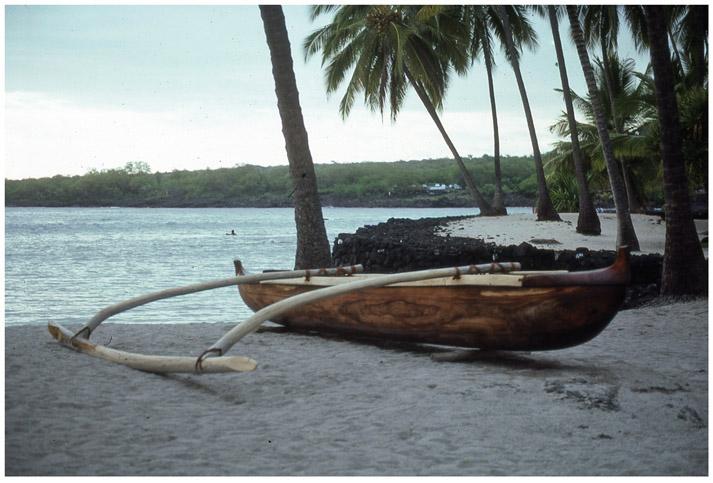
The first Hawaiians sailed over 2,000 miles 1,000 years ago to settle these islands.
The Hawaiians were no exception to the rule that when societies develop agriculture to a point where permanent settlements are established and populations grow, territorial disputes arise that sooner or later lead to war. By the time Europeans landed in the islands, the ongoing competition among chiefs for land and power had become especially fierce. The cult of the war god Ku was strong and demanded that ever more elaborate heiaus, or temples, be built to his glory, dedicated by hulas, chants, and human sacrifice. The commoners went along with all this, since they owed their safety and prosperity to their ali`i’s connection and influence with his divine ancestors.
CaptainCook
In 1779, Captain James Cook sailed from England to seek the Northwest Passage, the navigable connection between the Pacific and Atlantic Oceans. He first landed at Kaua`i and found the people
there friendly and willing to trade. He re-supplied his two ships and made another fruitless voyage north, after which he returned to Hawai`i and landed at Kealakekua Bay on the Big Island. There, a series of unhappy events occurred, including several incidents of theft by the Hawaiians, who would do anything to acquire iron tools including diving beneath a ship to pull out the nails. On top of it all, Cook’s arrival coincided with a religious ritual celebrated each year in which a fertility god called Lono was expected to return to the people from the sea on some sort of seagoing tree. Captain Cook’s approach in his wooden ships at first seemed to fulfill the prophecy. During a melee on the beach in which Cook’s sailors attempted to take an ali`i hostage until a stolen boat was returned, stones were hurled, shots were fired, and Cook was clubbed to death. His monument is a white obelisk on the shore of Kealakekua Bay.
Before the arrival of Europeans, territorial battles among the Hawaiians had been limited in scope, partly because the only weapons available were spears and stone clubs. Captain Cook would not trade firearms with the locals, but fur traders, now stopping off at the newly “discovered” islands to rest and resupply on their long sea voyages, had no qualms about selling guns to warring chiefs.
By 1795, a young upstart (according to some) named Kamehameha, with the help of a newly acquired arsenal and technical support by some English and Yankee traders, conquered all the other islands except Kaua`i in a celebrated battle on O`ahu. A few years later he acquired Kaua`i too, after a series of negotiations with its chief. All of the islands were united for the first time as the Kingdom of Hawai`i, and Kamehameha became Kamehameha the Great.
Kamehameha maintained the kapu system, but welcomed traders and foreign influence in the islands, and when he died in 1819, big changes were on the way. His son and successor Liholiho, known as Kamehameha II, lacked the confidence and drive of his father and was drunk most of the time anyway. Kamehameha the Great’s widow, Ka`ahumanu, however, was willing to step in. She persuaded Liholiho to break the old kapu by eating in the presence of women. She herself ate forbidden pork and bananas and did not suffer so
